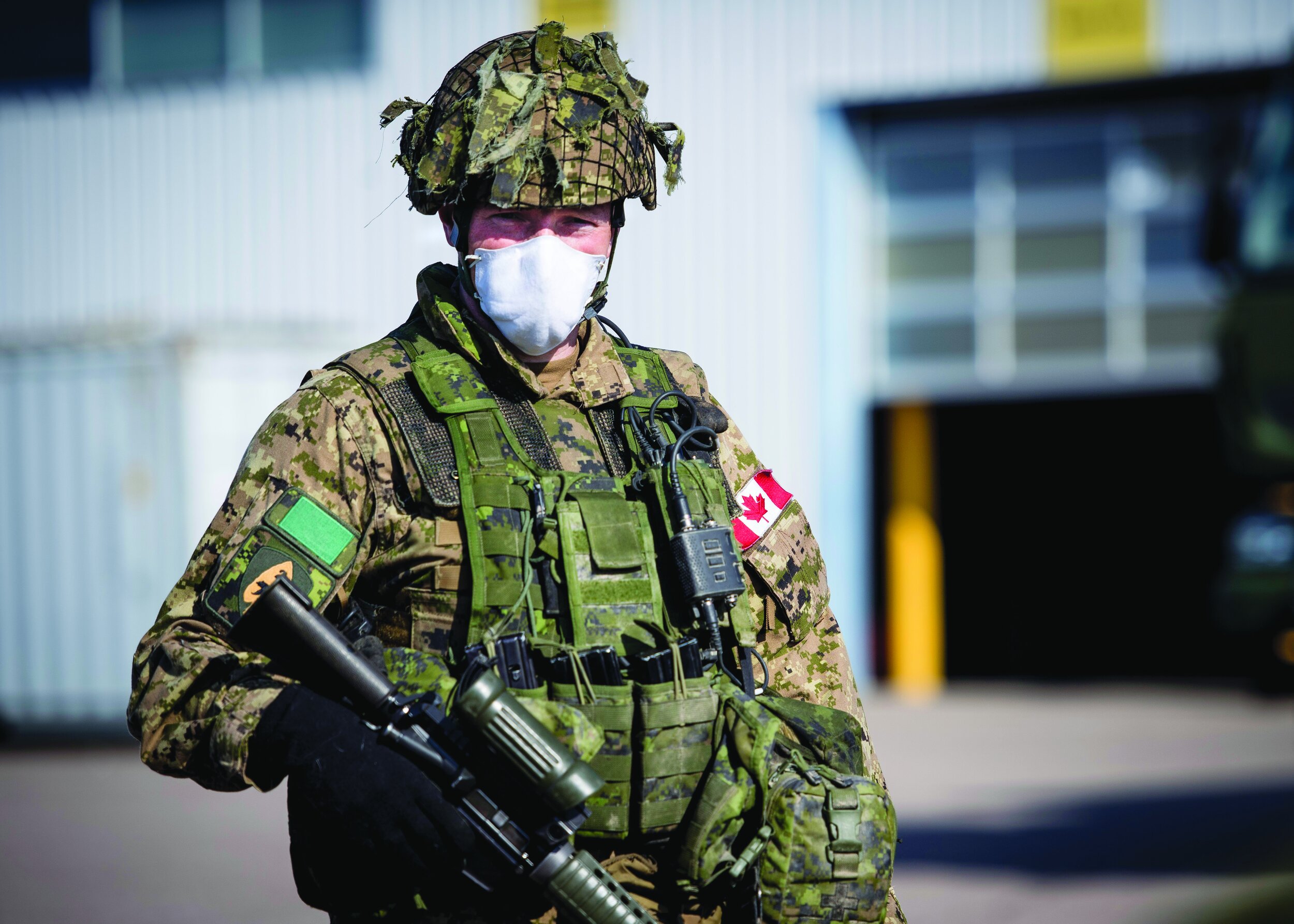By David Pugliese
The Canadian Army is looking for a new tactical assault vest/load carriage system as it strives to improve the gear its soldiers are issued.
A Request for Proposals is expected to be issued to industry sometime in the fall, Army officials told Esprit de Corps.
The current tactical assault vest was originally designed based on the Canadian Armed Forces’ experiences in the Balkans in the 1990s. That design assumed soldiers would carry minimal equipment in a standardized fashion but it is common knowledge that the current vest is not well liked by troops, who – in response - often purchase their own such kit.
Lt.-Col. Ray Corby, who served as Director of Soldier Systems for the Canadian Army’s Directorate of Land Requirements before leaving the post in July, readily acknowledged the current vest is no longer sufficient to meet soldiers’ needs. In fact, surveys conducted by Defence Research and Develop Canada show that the tactical vest is at the top of the list of equipment that soldiers would like to see replaced, Army officials point out. Most soldiers cite the lack of modularity with the current vest as the main cause of their complaints.
The Requests for Proposals for the new load carriage system will be specifically written in a way to encourage creativity on behalf of industry, according to Canadian Army officials. The bid package will outline what soldiers need to do, what they carry and where they operate, as well as provide industry with flexibility to determine how those roles can be accomplished by a new system. Delivery of the new equipment is expected to begin in 2022.
Corby noted that small amounts of equipment could be purchased at first, with modifications made later. “We want to prove that we as an Army can quickly and efficiently trial and select equipment so that going forward we can capitalize on industry’s advances,” he explained. “We are not looking for a 20 to 30-year solution. We want a bit of the best every five years or so for those who need to retain the advantage on the battlefield.”
Selection trials of new load carriage systems are currently scheduled for next summer, which will see industry prototypes evaluated by a cross-section of soldiers from a range of Canadian Army trades. The goal is a modular system that will give soldiers more flexibility to configure their equipment according to occupation and body type, Army officials say. Besides modularity, the other major factor to consider is that of “burden management”, a reference to the weight of all the combined equipment a soldier needs to carry. Too much weight has the unintended effect of slowing soldiers down.
The Canadian Army, however, has yet to announce the results of its testing of a new camoflague pattern. In September 2019, trials began of a new prototype disruptive pattern involving troops with 2nd Canadian Mechanized Brigade Group in Petawawa, with the soldiers mostly belonging to the 3rd Battalion, Royal Canadian Regiment. The majority of soldiers wore a pattern called “Prototype “J.”
The trial lasted approximately six months and ended in February 2020 and produced a wealth of useful data, according to the Canadian Army. In addition, members of the Battalion continue to wear Prototype J.
The troops involved in the Prototype J camouflage tests were issued with uniforms, a soft field cap, helmet covers and fragmentation vest covers.
Some of the tests used uninhabited aerial vehicles to determine the extent the new pattern can be seen from such drones.
The Army has stated that a final decision on the new camouflage is expected no later than 2022. A full roll out of a new camouflage uniform would take place in 2027.


